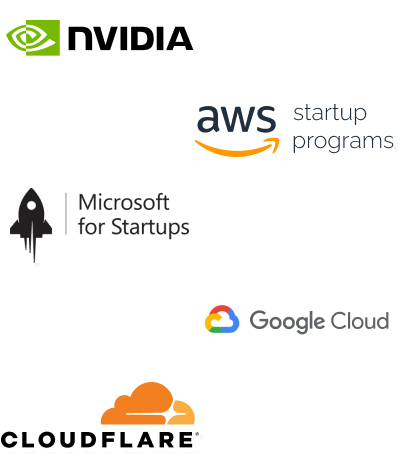- Home
- Services
- IVY
- Portfolio
- Blogs
- About Us
- Contact Us
- Sun-Tue (9:00 am-7.00 pm)
- infoaploxn@gmail.com
- +91 656 786 53
Hey there, fellow developers! If you’re like me, you’re always on the lookout for tools and technologies that can make your life easier, your code faster, and your applications more efficient. Recently, I’ve been diving into Bun.js, a new JavaScript runtime that’s been making waves in the developer community. But how does it stack up against the tried-and-true Node.js? Let’s break it down and see which one might be the better fit for your next project.
First, let’s start with the OG Node.js. If you’ve been in the JavaScript world for a while, you’ve probably used Node.js. It’s a runtime environment that allows you to run JavaScript on the server side. Built on Chrome’s V8 JavaScript engine, Node.js has been around since 2009 and has become the backbone of modern fullstack development.
Node.js is known for its event-driven, non-blocking I/O model, which makes it lightweight and efficient for building scalable network applications. It’s the foundation for frameworks like Express.js, Nest.js, and Fastify, and it powers millions of applications worldwide.
Now, let’s talk about the new kid on the block Bun.js. Bun is a modern JavaScript runtime designed to be a faster, more efficient alternative to Node.js. It’s built from the ground up with performance in mind, using the Zig programming language and leveraging the JavaScriptCore engine (the same engine used in Safari) instead of V8.
Bun promises to be a drop-in replacement for Node.js, meaning you can use it with your existing Node.js projects without much hassle. But it’s not just about speed Bun also comes with a built-in package manager, bundler, and test runner, making it an all-in-one tool for JavaScript development.
Let’s get straight to the point performance is where Bun.js really shines. If you’ve ever worked on a large Node.js project, you know that installing dependencies with npm or yarn can take forever. Bun’s package manager is blazing fast, often completing installations in a fraction of the time.
But it’s not just about package management. Bun’s runtime is optimized for speed, with benchmarks showing it can handle HTTP requests and file I/O operations significantly faster than Node.js. For example, Bun’s HTTP server can handle up to 2x more requests per second compared to Node.js in some cases.
That said, Node.js is no slouch. It’s been optimized over the years and performs well in most scenarios. But if raw speed is your priority, Bun.js is worth a closer look.
One of the biggest questions developers have is whether Bun.js is compatible with existing Node.js projects. The good news is that Bun aims to be a drop-in replacement for Node.js. It supports most Node.js APIs, meaning you can use your favorite libraries and frameworks without major changes.
However, there are some caveats. Bun is still relatively new, and not all Node.js modules are fully supported yet. For example, if your project relies on native add-ons or less common npm packages, you might run into compatibility issues. Node.js, on the other hand, has a massive ecosystem with years of development behind it, so you’re unlikely to encounter unsupported modules.
One area where Bun.js really stands out is developer experience. Bun comes with a suite of built-in tools that streamline the development process:
In contrast, Node.js relies on external tools for these tasks. While this modular approach gives you flexibility, it also means more setup and configuration. If you’re looking for an all-in-one solution, Bun.js is hard to beat.
When it comes to ecosystem and community, Node.js is the clear winner for now. Node.js has been around for over a decade, and its ecosystem is vast. Whether you need a library for authentication, database integration, or real-time communication, chances are there’s a well-maintained npm package for it.
Bun.js, being relatively new, doesn’t have the same level of ecosystem maturity. However, it’s growing quickly, and its compatibility with Node.js means you can leverage much of the existing ecosystem. Over time, as more developers adopt Bun, its ecosystem is likely to expand.
So, which runtime should you choose for your next project? Here’s a quick breakdown:
Bun.js is undoubtedly an exciting development in the JavaScript world. Its focus on performance and developer experience makes it a strong contender for modern fullstack development. However, it’s still early days, and Node.js remains the more mature and reliable option for most use cases.
That said, I’m keeping a close eye on Bun.js. As it continues to evolve and gain traction, it could very well become the go-to runtime for JavaScript developers. For now, I’d recommend experimenting with Bun.js in smaller projects or side hustles to get a feel for its capabilities.
At the end of the day, the choice between Bun.js and Node.js depends on your specific needs and priorities. If you value speed and simplicity, give Bun.js a try. If you need stability and a proven ecosystem, stick with Node.js. Either way, it’s an exciting time to be a JavaScript developer!
What do you think? Have you tried Bun.js yet? Let me know your thoughts in the comments below I’d love to hear about your experiences!
And there you have it a comprehensive comparison of Bun.js and Node.js. Whether you’re a seasoned developer or just starting out, I hope this blog helps you make an informed decision for your next project.
Imagine reducing your operational costs by up to $100,000 annually without compromising on the technology you rely on. Through our partnerships with leading cloud and technology providers like AWS (Amazon Web Services), Google Cloud Platform (GCP), Microsoft Azure, and Nvidia Inception, we can help you secure up to $25,000 in credits over two years (subject to approval).
These credits can cover essential server fees and offer additional perks, such as:
By leveraging these credits, you can significantly optimize your operational expenses. Whether you're a startup or a growing business, the savings from these partnerships ranging from $5,000 to $100,000 annually can make a huge difference in scaling your business efficiently.
The approval process requires company registration and meeting specific requirements, but we provide full support to guide you through every step. Start saving on your cloud infrastructure today and unlock the full potential of your business.

